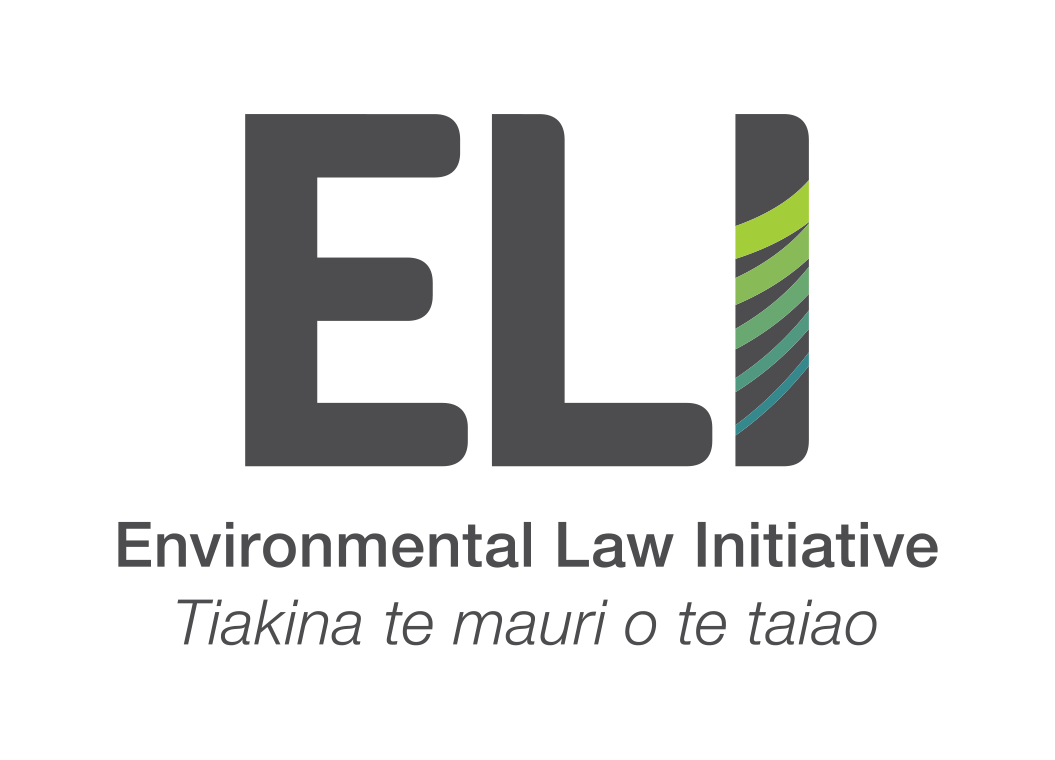Read our submission on the Natural and Built Environments Bill
The government has released the first exposure draft of the Natural and Built Environments Bill (NBEB). The draft provides an early look into key aspects of the proposed Act, which is one of three new pieces of legislation set to replace the controversial Resource Management Act of 1991. ELI investigates whether the Bill will deliver where the RMA could not:
What is the RMA and why is it being repealed?
The Resource Management Act 1991 (RMA) is the legislation that determines how we manage our physical environment - land, freshwater, coasts, estuaries, forests, and more. The Ministry for the Environment is responsible for administering and enforcing the RMA, and ensuring it is being implemented effectively. Since its inception over 30 years ago, the RMA has been subject to extensive criticism for not delivering on its desired environmental or developmental outcomes. The document itself comprises over 1,000 pages, and has undergone upwards of 20 major amendments since its inception, with some even dubbing it “one of NZ’s worst pieces of legislation”. Some argue that the RMA has put a handbrake on economic development, others have blamed it for the numerous ecological crises we’re facing now. For many parties involved, the RMA’s repeal is being welcomed as “long overdue”. And with so many competing interests, crises, and variables to consider, the stakes involved in the reform process are high.
Environmental Limits
The concept of environmental limits is central to environmental thought and management globally, and constitutes the key framework of the NBEB. According to the MfE, environmental limits are defined as “the level of some environmental pressure, indicator of environmental state or benefit derived from the natural resource system, beyond which conditions which are deemed to be unacceptable in some way, either because the system is judged to be damaged or because its integrity is at risk (Haines-Young et al. 2006 p. 8).” Basically, they constitute environmental ‘thresholds’ for acceptable levels of harm to the resource in question. All the explanatory documents behind the exposure draft of the NBEB propose clear and mandatory environmental limits in order to balance the needs of human development with ecosystem health, biodiversity and sustainability.
However, currently, the exposure draft does not specify who will set the limits, how, at what ‘levels’ these limits will be set, and even what things limits will be set for. In short, the draft does not yet sort out what a limit even ‘is’. This is problematic for several reasons. RMA processes have historically ignored independent science advice for political reasons, setting limits on a discretionary basis that fail to effectively protect the resource in question. Take the current crisis of polluted rivers in Aotearoa as an example. The current limit of allowable nitrates in groundwater is currently set at 11.3mg per litre: 11 times the limit recommended by scientists for ecosystem health and human safety (0.88mg per litre).
Our concern is that limits set without independent scientific evaluation might offer a ‘green light’ for entities and individuals to exert the maximum strain on a resource that is legally allowed - a ‘race to the environmental bottom line’. This approach lies in stark contrast to mātauranga Māori approaches to resource management, which acknowledges the interrelationship of all living things including people as dependent on each other, and seeks to understand the total system and not just parts of it (Harmsworth & Awatere 274). The NBEB exposure draft also further compounds the issues in that it would set limits determined by politicians using legacy processes, offering no guarantee that they will be set at truly ecologically sustainable levels.
ELI’s recommendations:
Ensure that environmental limits are not framed in terms of their purpose, but instead in terms of an infinitive - i.e.: that “environmental limits must guarantee…”
Make clear the normative expectations about the environmental state that such limits will secure.
Make sure that the NBEB makes clear the boundaries for political input in limit-setting. Establish an independent scientific evaluation body, which includes mātauranga Māori, and determines such limits prior to the policy process.
Read more on further aspects of our submission by clicking the button below.

